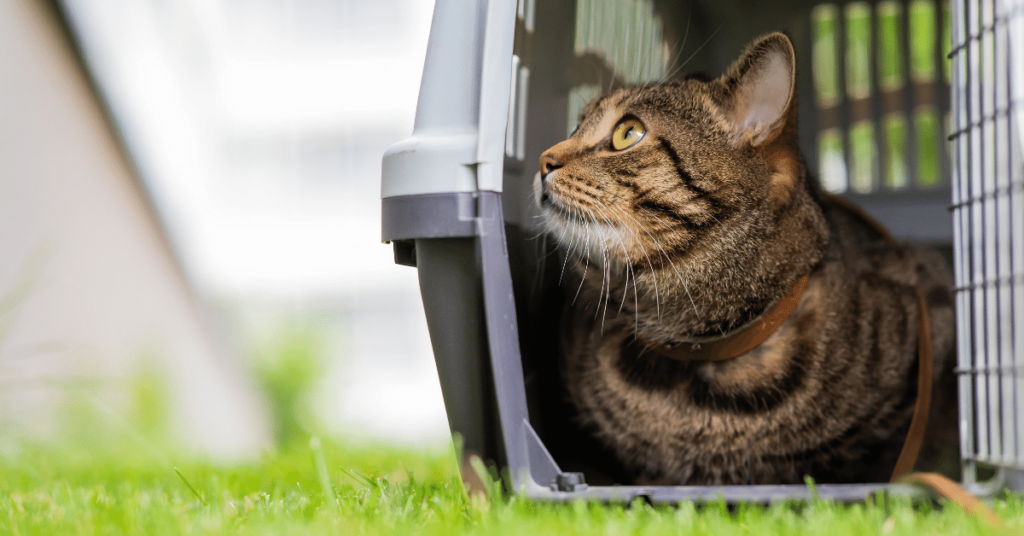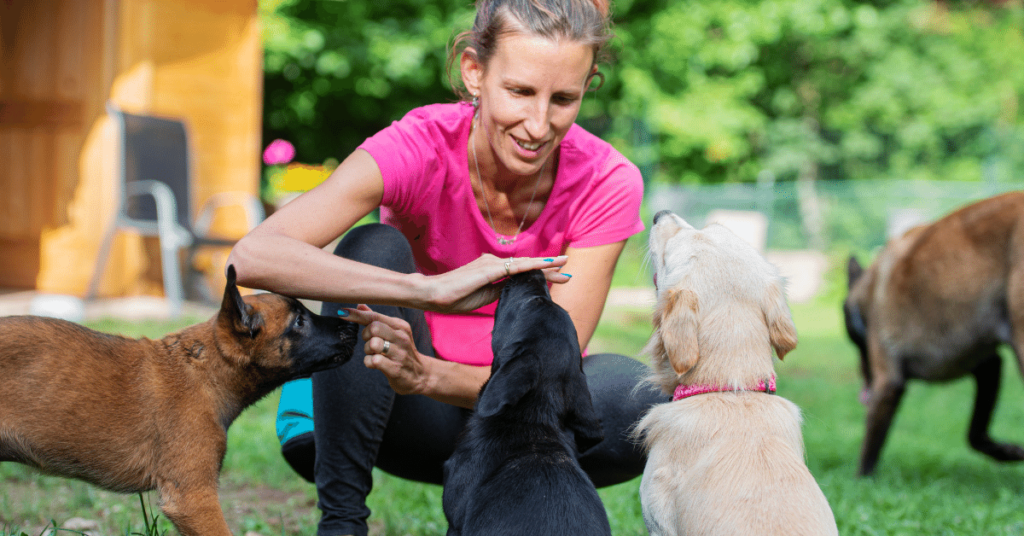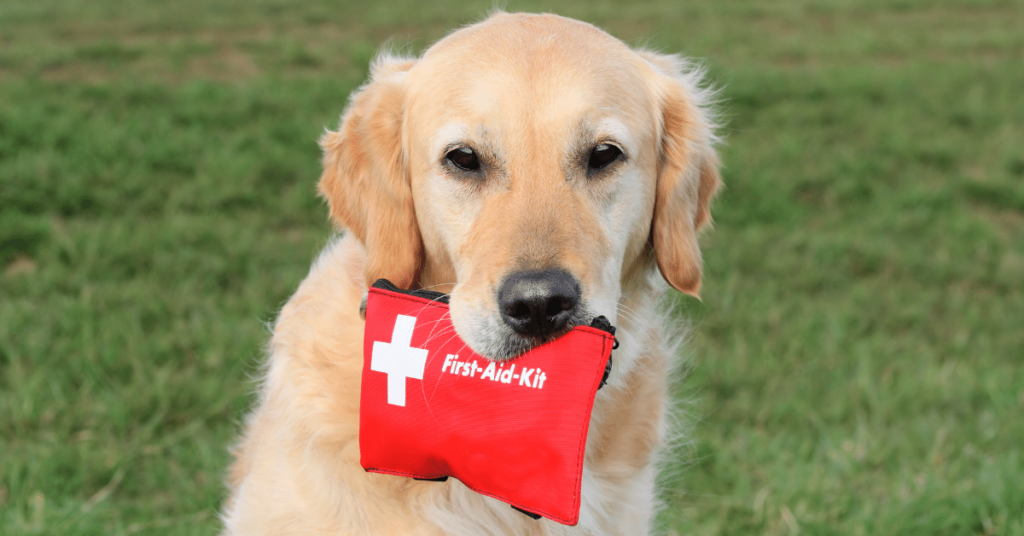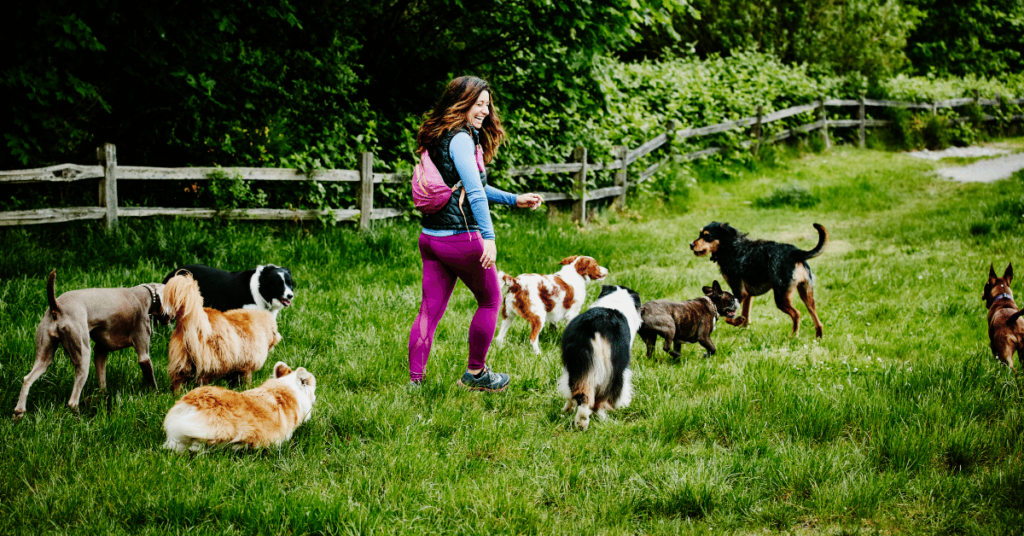The Benefits of Crate Training
Crate training is an essential part of raising a well-behaved pet who feels safe and secure in your home. Whether you have a new puppy or an adult dog, crate training provides numerous benefits for both you and your furry friend. In this article, we will explore the advantages of crate training, as well as provide you with a step-by-step guide on how to create a safe and comfortable space for your pet.
1. Provides Security and Comfort
Dogs are den animals by nature, and crates mimic the feeling of a den, creating a safe and secure environment for your pet. By providing a den-like space, your furry friend will feel more secure and comfortable, especially when you are unable to supervise them. A crate can become their personal sanctuary, where they can relax and retreat whenever they feel overwhelmed or stressed.
2. Aids in Housebreaking
Crate training plays a crucial role in housebreaking your puppy or even an older dog. Dogs have an instinctive desire to keep their sleeping area clean, and a crate helps reinforce their natural inclination for cleanliness. By crate training, you are teaching your pet to hold their bladder and bowels, reducing the chances of accidents inside your home. Additionally, a crate can help establish a routine for potty breaks, leading to successful housebreaking.
3. Prevents Destructive Behavior
Dogs may exhibit destructive behavior when they are anxious or bored. By providing a crate, you can prevent your pet from chewing furniture, shoes, or other household items when you are away. A crate offers a safe space where your dog can entertain themselves with toys and treats, reducing the chances of destructive behavior.
4. Facilitates Travel and Vet Visits
Crate training is also beneficial when it comes to travel and vet visits. Most pet carriers used during travel are similar to crates, so crate training will make your pet more comfortable with the confinement and reduce travel anxiety. Additionally, in emergency situations or during vet visits, your pet may be required to stay in a crate. Familiarity with the crate will help ease their stress in these situations.
How to Crate Train Your Pet
Now that we have established the benefits of crate training, let’s discuss the step-by-step process to crate train your pet effectively.
1. Choose the Right Crate
Selecting the right crate is crucial for your pet’s comfort and safety. Ensure that the crate is spacious enough for your pet to stand, turn around, and lie down comfortably. However, avoid getting a crate that is too large, as it may encourage your pet to use one side as a bathroom and the other for sleeping.
2. Introduce the Crate Gradually
Introduce your pet to the crate gradually to avoid any negative associations. Start by placing treats near the crate and allow your pet to explore the space at their own pace. Gradually, encourage them to enter the crate by placing treats or their favorite toys inside. Make sure to use positive reinforcement and praise your pet whenever they enter the crate willingly.
3. Feed Meals in the Crate
Make the crate a positive and rewarding space by feeding your pet their meals inside. This will create a positive association with the crate and make it feel like a safe and enjoyable space. Close the crate door while they eat, gradually increasing the time they spend inside after finishing their meal.
4. Create a Cozy Environment
To make the crate more comfortable and inviting, add a soft bedding or blanket for your pet to lie on. Keep in mind that the bedding should be safe and easy to clean. You can also include some of your pet’s favorite toys or a chew bone to keep them entertained.
5. Gradually Increase Crate Time
Once your pet is comfortable spending short periods in the crate, gradually increase the duration. Start by leaving them in the crate for a few minutes while you are still present in the room. Gradually extend the time, allowing your pet to stay in the crate for longer periods. Remember to provide positive reinforcement and avoid letting them out when they are whining or barking to prevent them from associating these behaviors with being released from the crate.
6. Never Use the Crate for Punishment
It is important to remember that the crate should never be used as a form of punishment. You want your pet to see the crate as a safe and comfortable space, not a place of fear or isolation. Using the crate for punishment can lead to negative associations and hinder the effectiveness of crate training.
Summary
Crate training provides numerous benefits for both you and your pet. It creates a secure and comfortable space, aids in housebreaking, prevents destructive behavior, and facilitates travel and vet visits. By following the step-by-step process of crate training, including choosing the right crate, introducing it gradually, feeding meals inside, creating a cozy environment, and gradually increasing crate time, you can help your pet become well-adjusted and happy in their crate. Remember to always use positive reinforcement and never use the crate as punishment.







